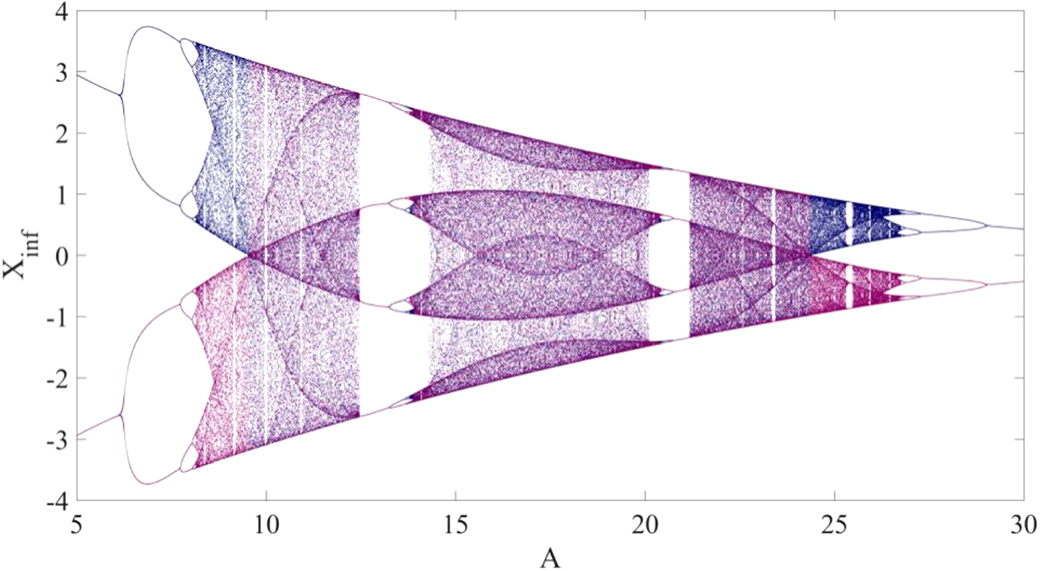EPJ B Highlight - Predicting epilepsy from neural network models
- Details
- Published on 07 December 2020

Improved modelling techniques have enabled a group of researchers to better predict how damaging conditions in the brain can be triggered by complex dynamics in branching networks of neurons.
Within the staggeringly complex networks of neurons which make up our brains, electric currents display intricate dynamics in the electric currents they convey. To better understand how these networks behave, researchers in the past have developed models which aim to mimic their dynamics. In some rare circumstances, their results have indicated that ‘tipping points’ can occur, where the systems abruptly transition from one state to another: events now commonly thought to be associated with episodes of epilepsy. In a new study published in EPJ B, researchers led by Fahimeh Nazarimehr at the University of Technology, Tehran, Iran, show how these dangerous events can be better predicted by accounting for branches in networks of neurons.
The team’s findings could give researchers a better understanding of suddenly occurring episodes including epilepsy and asthma attacks, and may enable them to develop better early warning systems for patients who suffer from them. To do this, the study considered how the dynamics of neuron activity are influenced by branches in the networks they form. Previous models have shown that these dynamics will often slow down at these points – yet so far, they have been unable to predict how the process unfolds in larger, more complex networks of neurons.
Nazarimehr’s team improved on these techniques using updated models, where the degree to which adjacent neurons influence each other’s dynamics can be manually adjusted. In addition, they considered how the dynamics of complex neuron networks compare with those of isolated cells. Together, these techniques enabled the researchers to better predict where branching occurs; and subsequently, how the network’s dynamics are affected. Their results represent an advance in our understanding of the brain’s intricate structure, and how the dynamics of the electric currents it contains can be directly related to instances of epilepsy.
Z. Faghani, S. Jafari, C.-Y. Chen, F. Nazarimehr (2020), Investigating bifurcation points of neural networks: application to the epileptic seizure, European Physical Journal B 93:216, DOI: 10.1140/epjb/e2020-10477-6




